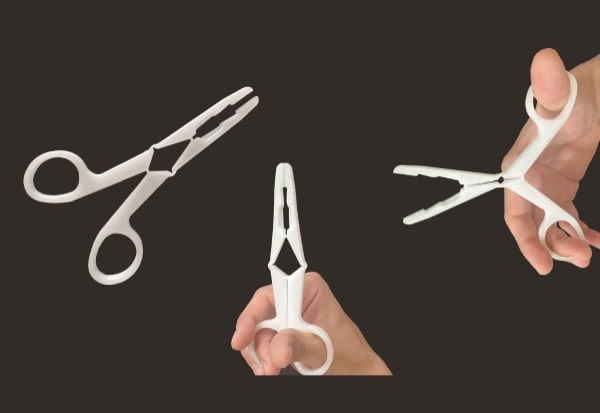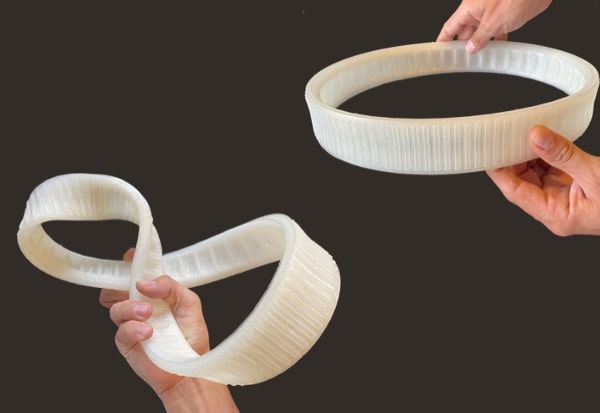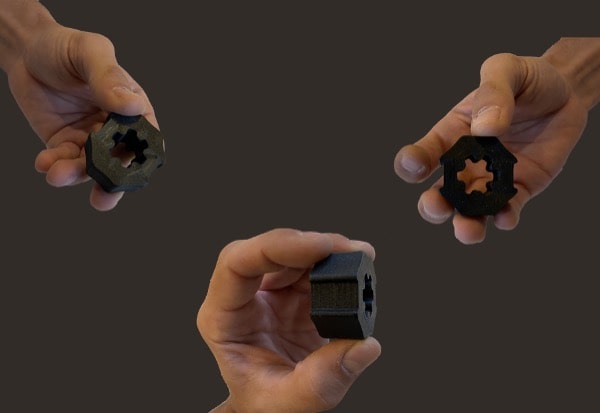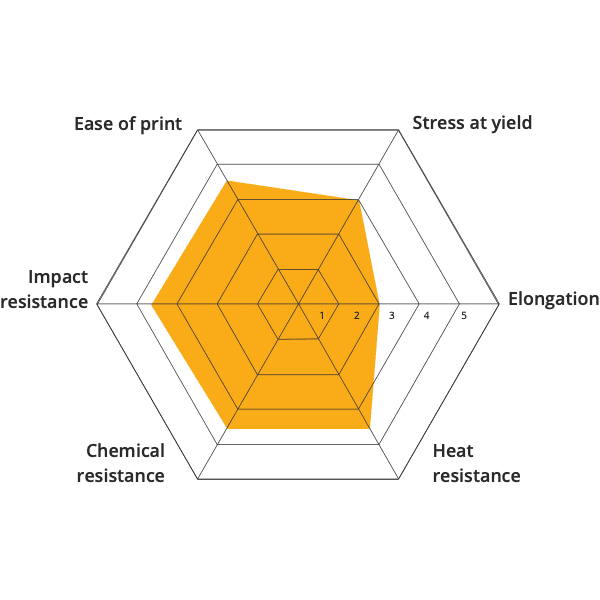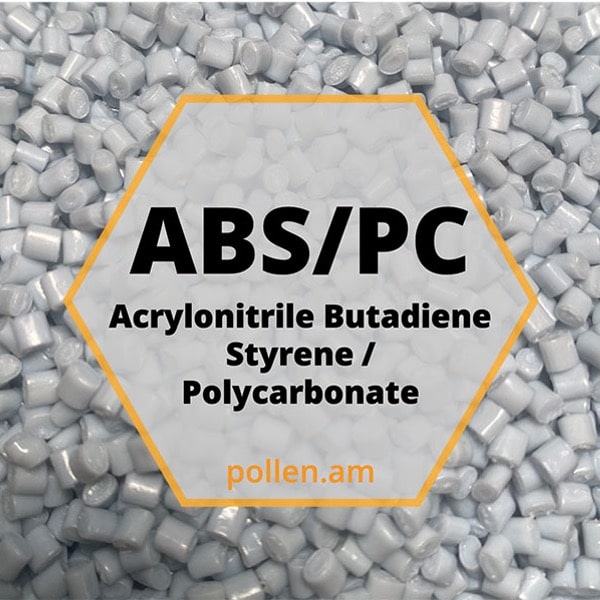
ABS / PC - Acrylonitrile-Butadiene-Styrene-Polycarbonate
The blend Acrylonitrile-Butadiene-Styrene-Polycarbonate (ABS + PC) combines the properties of PC and ABS, in other words, the high processing capacity of ABS with excellent mechanical properties, resistance to heat and impact, from the PC. The level of the two components affects the heat resistance.
This blend is used in enclosures for professional machines, electrical applications, dashboards, hubcaps, etc.
Main 3D printing parameters
| Advised nozzles | Brass 0.25 | 0.4 | 0.6 | 0.8 | 1.0 | 1.2 mm |
| Printing temperatures | 230 - 300°C |
| Buildplate substrate | PC film | Micro-perforated buildplate |
| Builplate temperature | 80 - 120°C |
Let’s dive into the possibilities offered by PAM
From pellets to object, PAM technology offers the most direct process to high performances end-parts.
Metals Ceramics Commodity Elastomers Performance High Performance.


